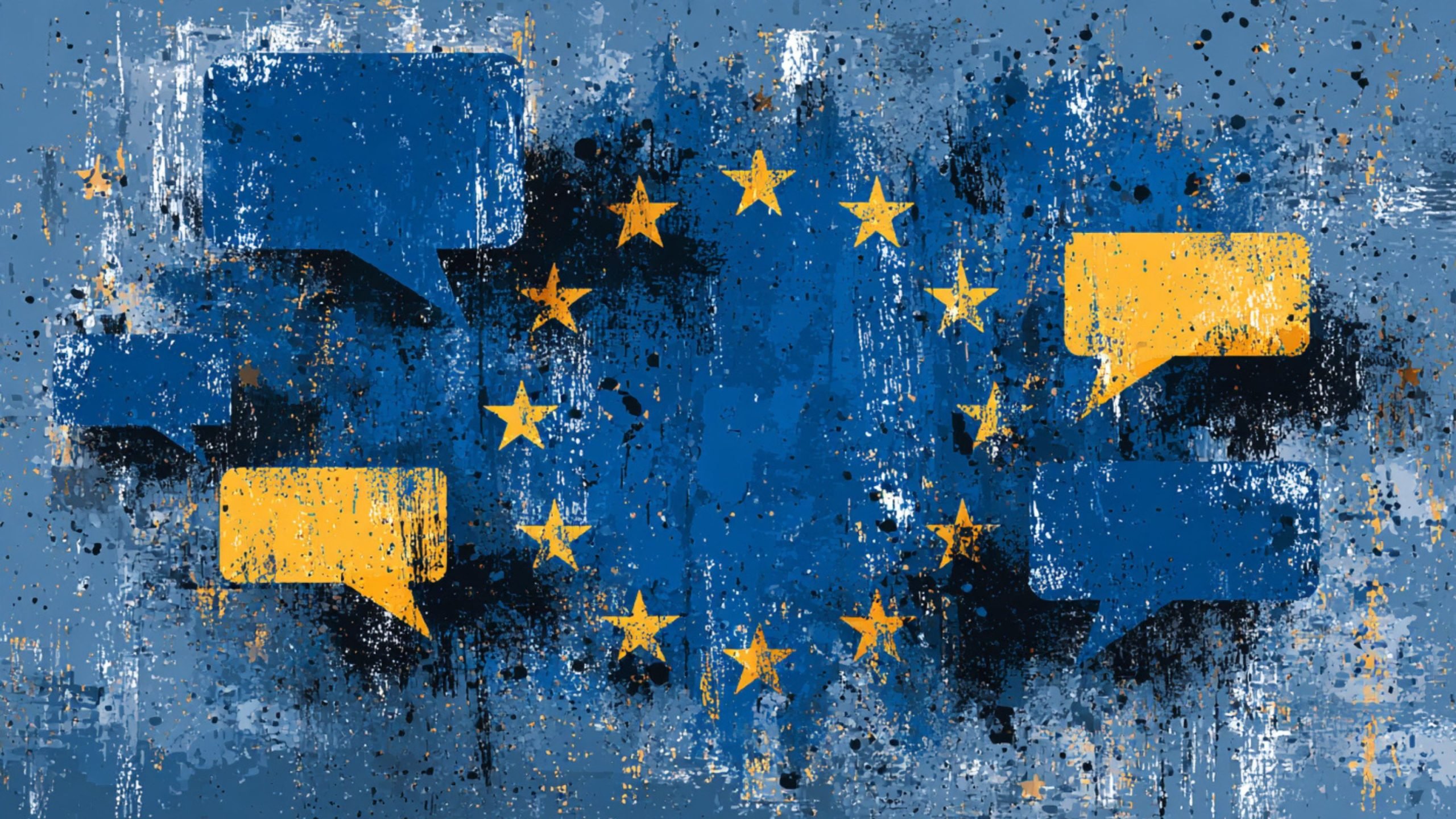Efforts to finalize a trade agreement between the European Union and the United States have run into roadblocks, with unresolved disputes over digital policy and market access holding up the release of a long-anticipated joint statement.
Talks have dragged on as Washington pushes back against what it labels “non-tariff barriers,” a term it has used to include the EU’s censorship law, the Digital Services Act.
This regulation compels major tech platforms to enforce stricter content moderation. EU officials say the United States is attempting to secure room for future concessions on the digital law, a move the European Commission flatly opposes. One EU source to the Financial Times stated that changing the bloc’s digital rules is “a red line.”
Still, an American official insisted digital trade issues were part of the initial understanding. “We continue to address digital trade barriers in conversations with our trading partners, and the EU agreed to address these barriers when our initial agreement was struck,” the official said.
The joint statement was meant to follow the July 27 tariff deal announced by European Commission President Ursula von der Leyen and President Donald Trump in Scotland. But instead of moving forward, the text has been passed back and forth between Brussels and Washington without resolution.
The delay stands in sharp contrast to how the US handled a similar deal with the UK, where the “general terms” were made public the same day the agreement was announced. While implementation of that deal took weeks, the terms were at least immediately available. Though, this was all before the wider dangers of the UK’s online censorship law had caught the attention of the wider public.
In the case of the EU, the lack of transparency has raised doubts, particularly as some sectors remain exposed to higher tariffs despite the deal setting a general cap at 15 percent.
Certain EU products, such as aircraft components, specific pharmaceuticals, and key minerals, have been exempted. But across the bloc, there is a growing perception that the EU got the short end of the deal.
The agreement has come with obligations to increase spending on American energy exports and investments in the United States, all while absorbing increased costs on various exports.
US representatives maintain that this level of uncertainty was always expected. “As with the UK, the Trump administration and the EU agreed to a framework for a comprehensive deal. Both parties were clear when the agreement was reached that many details were going to be worked out at a later time,” a US official told the Financial Times. “The administration is working closely with EU officials to finalize those details as quickly as possible to expand market access for American exports.”










